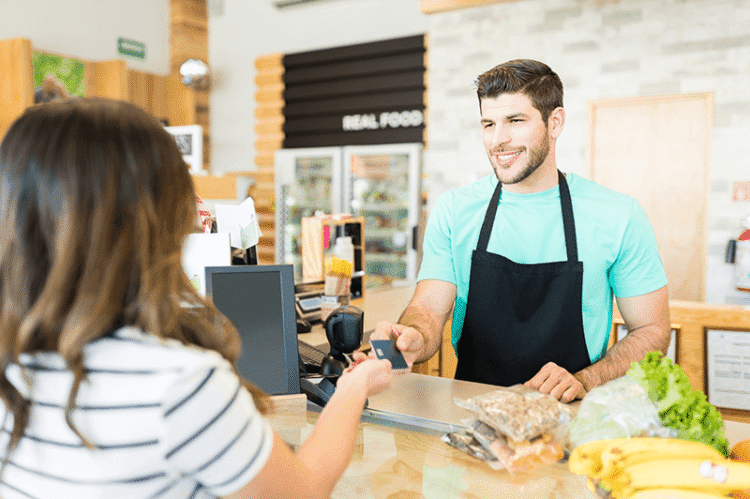In an industry as dynamic as food and beverage distribution, understanding and meeting customer needs is not just crucial, it’s essential for survival. With changing consumer habits and increasing competition, distributors must continuously evolve to keep pace with the market. To stay ahead, they have to anticipate the desires of consumers and be proactive in their business strategies. In this article, we explore different approaches that food and beverage distributors can adopt to ensure they are always one step ahead of the curve. Keep reading to gain insights into leveraging consumer trends, utilizing technology, fostering supplier relationships, and embracing sustainability.
Understanding Customer Needs: The Key to Success in Food and Beverage Distribution
Success for food and beverage distributors relies on understanding what customers truly want. By studying consumer preferences, dietary trends, and buying habits, distributors can offer products that sell quickly, from healthier options to artisanal choices. Staying tuned to evolving tastes helps reduce waste, increase turnover, and ensure a product lineup that meets demand.
Active engagement and feedback are key to shaping wholesale distribution strategies. By listening to consumers and identifying market gaps, distributors can adapt offerings to niche segments like plant-based or ethnic foods. This approach not only boosts profitability but also spreads risk, keeping distributors competitive while aligning their supply chains with customer needs.
Leveraging Market Research to Anticipate Consumer Trends
Food and beverage distributors must leverage thorough market research to anticipate consumer trends and adapt quickly. Understanding cultural, economic, and social factors that shape eating and drinking habits allows companies to guide product development and marketing strategies effectively. Continuous analysis of competitors, industry trade shows, and reports provides a clearer picture of emerging shifts.
Engaging consumers through surveys and focus groups uncovers motivations behind purchasing decisions, enabling more precise campaigns and messaging. Technology and advanced analytics enhance this process by tracking behavior, predicting trends, and building detailed customer profiles. These insights help distributors personalize experiences and make data-driven decisions that align with evolving consumer preferences.
The Role of Technology in Meeting Evolving Food Preferences
Technology is transforming the food and beverage distribution industry, streamlining operations from inventory management to customer relations. Business intelligence tools allow distributors to analyze trends, manage supply chains, and make data-driven decisions that align with consumer preferences. Predictive analytics leverages big data to forecast demand, minimize waste, and optimize just-in-time deliveries, ensuring fresh products such as organic, non-GMO, or locally sourced items reach customers efficiently.
E-commerce platforms enhance the consumer experience by offering personalized recommendations and insights into buying habits. Advanced tracking systems improve traceability, allowing distributors to monitor products from farm to fork and provide transparency that builds trust and loyalty among increasingly conscientious consumers.
Building Strong Relationships with Suppliers for Product Innovation
Strong supplier relationships in the food and beverage sector enable distributors to drive innovation and gain a competitive edge. Collaborative partnerships allow access to new and exclusive products while leveraging suppliers’ knowledge of production techniques and emerging ingredients to co-create offerings aligned with consumer trends.
Close collaboration accelerates product development cycles and ensures mutual investment in success. These relationships also strengthen supply chain resilience, helping distributors manage inventory, negotiate pricing, and reduce stockout risks, maintaining a stable supply amid market fluctuations. Engaging deeply with suppliers allows distributors to customize products for specific markets, increasing customer satisfaction and positioning themselves centrally in the evolving landscape of consumer preferences.
Implementing Sustainable Practices to Attract Eco-conscious Consumers
Sustainability has become essential for food and beverage distributors aiming to appeal to environmentally conscious consumers. Implementing sustainable practices, such as reducing carbon footprints, minimizing waste, and using renewable resources, enhances operational efficiency and strengthens brand image. Opportunities for eco-friendly initiatives exist throughout the distribution process, including optimizing delivery routes, investing in energy-efficient warehouses, and promoting certified organic or fair trade products.
Consumers increasingly demand transparency in sourcing and handling, and distributors who provide this information establish trust and loyalty. Highlighting responsibly sourced and distributed products can serve as a compelling marketing strategy, distinguishing distributors in a competitive market where ethical practices influence purchasing decisions.
Altogether, navigating the competitive landscape of food and beverage distribution requires a multifaceted approach centered on understanding and responding to consumer needs. By leveraging market research, integrating advanced technologies, building strong supplier partnerships, and implementing sustainable practices, distributors can stay ahead of the curve and remain relevant in consumers’ eyes. These actions will pave the way for innovation, efficiency, and a more environmentally conscious approach that aligns with consumer expectations, ensuring the long-term success of food and beverage distributors in a rapidly changing world.










